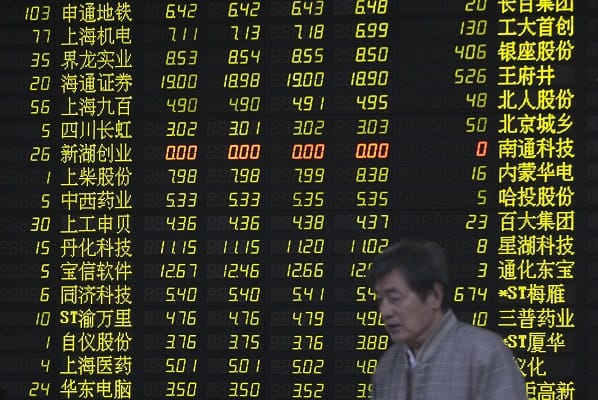China’s December economic data has significantly exceeded expectations, with notable improvements in both consumer activity and industrial performance.
This bodes well for the government’s push to stimulate domestic demand and support a more balanced recovery.
With Q4 GDP growing 5.4% year-on-year, a marked increase from Q3’s 4.6%, China is well on track to meet its 2024 growth target of 5%.
These encouraging figures have helped bolster confidence in China’s economic outlook, with both CN50 and the Hang Seng Index seeing buying interest.
However, uncertainties remain regarding China’s future economic trajectory. Despite recent stimulus measures, they have not notably eased deflationary pressures. The December CPI data showed a mere 0.1% year-on-year increase, while the PPI remains negative, pointing to ongoing deflation. On top of this, the labor market continues to present concerns, with unemployment showing a slight uptick. While economic conditions are improving overall, not every sector is benefiting, underscoring potential challenges in job creation.
From an external perspective, China’s exports—vital to the economy—remain highly sensitive to Trump’s tariff policies. While exports surged 10.7% in December, this increase could be attributed to “front-loaded exports,” aimed at mitigating the impact of tariffs. In the medium term, the trade tensions and tariff negotiations between China and the U.S. could present further obstacles to China’s economic recovery.
In summary, China’s economy is demonstrating resilience, with strong performance in retail and industrial sectors. Yet, rising unemployment and external risks suggest that a “buy China” strategy must be approached with caution. Interestingly, “bad news” could turn into “good news” for China, as more challenges may prompt additional stimulus measures during the National People’s Congress in March, which could be a key development to monitor.

